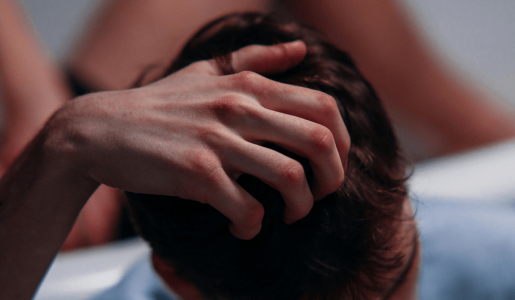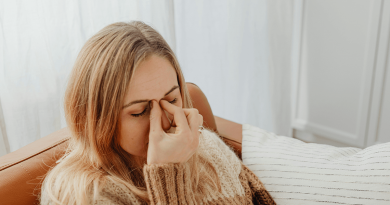What you need to know about head lice
Head lice, also known as pediculosis capitis, is caused by an infestation by the head louse, pediculus capitis, a tiny 6-legged blood-sucking insect that lives on scalp hairs. According to the U.S. Centers for Disease Control and Prevention, an estimated 6 to 12 million head lice infestations occur each year in the United States among children ages 3 to 11 years.
Dr. Vicky Ren, associate professor of dermatology at Baylor College of Medicine, answers what you need to know about lice and how to prevent it.
 Question: How does one get head lice, and how does it spread?
Question: How does one get head lice, and how does it spread?
Answer: Head lice are primarily spread by head-to-head contact, less commonly via fomites, such as hair accessories and brushes.
Q: What are the symptoms?
A: Typically, a very itchy scalp, but this varies among individuals. Some people are asymptomatic “carriers” and may not itch for several weeks after the initial infestation. Itching develops within 1-2 days with subsequent infestations.
Excoriations, redness, pustules and inflamed papules on the scalp and posterior neck can be seen. Occasionally, if scratching has led to secondary bacterial infection, the person will develop a low-grade fever and enlarged lymph nodes.
Q: How should you examine your head or another person’s head for lice?
A: You can look for live lice by combing wet or dry hair with a fine-toothed (teeth 0.2 mm apart) nit comb as follows:
- Add conditioner to the hair and comb it to remove tangles
- Insert the comb near the crown of the scalp and draw down firmly
- Look for lice after every stroke
- Comb the entire head at least twice
An active infestation may also be suggested by the presence of many nits (i.e., eggs) within one-quarter inch of the scalp, but this often leads to overdiagnosis in the absence of live lice.
Q: Are school-aged children more susceptible to getting head lice than adults? If so, why?
A: Yes, particularly girls. This could be because children spend more time in close contact with each other and share belongings.
Q: Can all hair types get head lice?
A: Head lice are uncommon among African Americans, because lice have difficulty positioning themselves to lay eggs on coarse, curly hair.
Q: What is the treatment for head lice?
A: Head lice is treated with pediculicides (e.g., OTC ivermectin 0.5% lotion; prescription malathion 0.05% lotion or oral ivermectin).
Q: How can you prevent head lice?
A: Avoid head-to-head contact and sharing hair accessories. Household members of infested persons should be examined and treated accordingly if infested. Bedmates should be treated prophylactically.
Make sure to wash hair care items, clothing and linens used by the infested person during the two days prior to therapy in hot water and dry the items on high heat (at least 130°F).
By Taylor Barnes



